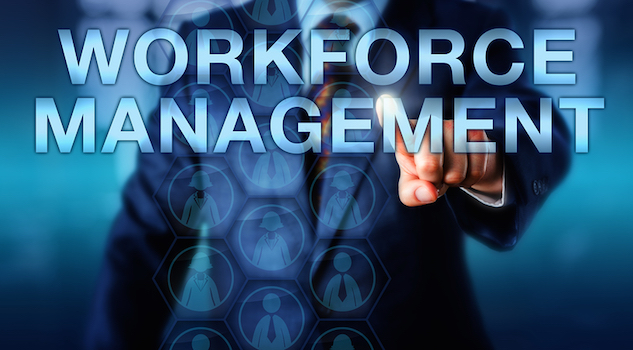With more pressure to accommodate flexibility and mobility for employees, Australian SMEs are turning into cloud-based technologies for workforce management.
A new study by Aberdeen Group revealed that Australian businesses lag behind the rest of the working world in workforce utilisation and automated time and attendance. These findings demonstrate that better workforce management is needed to enable Australian SMBs to retain talent, maintain solid growth and sustain competitive advantage.
SMEs face similar challenges as large organisations do – but are stretched to do more with fewer resources. Simultaneously, employees are increasingly seeking greater mobility, flexibility and control. The findings include:
- 61% of SMBs feel pressure to improve their workforce planning capabilities
- SMEs are 7% more likely to cite a need to improve workforce planning capabilities as a critical challenge in driving their focus on workforce management
- Large enterprises are 31% more likely than SMEs to be able to provide managers with access to real-time employee attendance data
Australian SMEs are increasingly looking to technology innovations to help improve productivity and drive business growth. Research from PricewaterhouseCoopers suggests that transforming Australia’s SME laggards to leaders through use of technology could increase GDP by nearly $6 billion (0.4%), raising revenue in the economy by $11 billion.
Key to this is adoption of technologies, such as mobile communications and cloud computing, to offer SMEs access to solutions that were previously only affordable to large enterprises.
One such solution now available to Australian SMEs is Kronos Workforce Ready, a cloud workforce management solution that allows them to fully automate labour-intensive business processes. It provides:
Scheduling – controlling labour costs by reducing overstaffing and understaffing as well as avoiding costly overtime, allowing schedule changes to be made in real-time
Time and attendance – streamlining time-tracking by automating the collection of time and attendance information, and enforcing pay and work rules by knowing who is doing what, when and why.
Absence management – reducing compliance risk around absence-related policies and accruals, including federal, state and company leave requirements.
Real-time reporting – quick and easy access to a wealth of data with standard or custom reports to support faster, more informed decision-making based on facts rather than guesswork.
Mobile access – when you’re on the go or out of the office, employees can view schedules and request time off, managers can manage requests and exceptions quickly and effectively.
Capitalising on its hosted multi-tenant architecture, Workforce Ready uses a simple Software-as-a-Service (SaaS) pricing approach, making it more affordable.
Mr Peter Harte, Managing Director, Kronos Australia, New Zealand and South East Asia, says, “SMEs are one of the growth engines of the Australian economy. From our discussions with them, we know they are stretched to deliver more with fewer resources.”
“The business environment is growing more complex with more pressure to accommodate flexibility and mobility. From a business perspective, employers are under pressure to improve workforce productivity. Kronos Workforce Ready empowers SMEs with the tools to control labour costs, improve workforce productivity and remain compliant in be more competitive and deliver growth,” adds Harte.
By giving SMEs the ability to increase productivity, control labour costs and minimise compliance risk, the solution empowers SMEs to improve profitability to grow.
Inside Small Business















